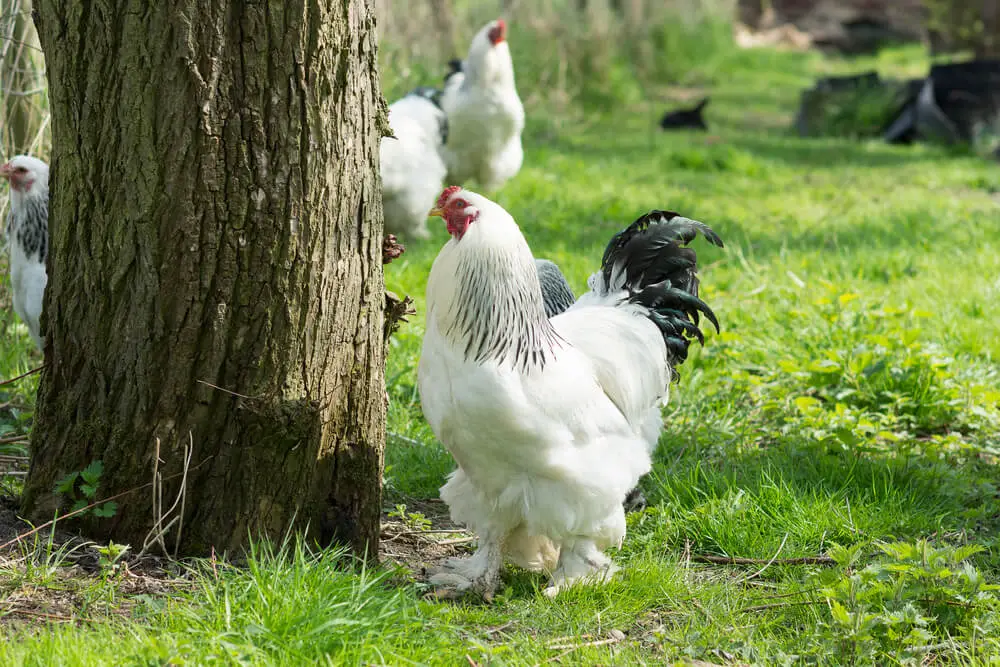Raising chickens in Minnesota can be a rewarding experience for both urban and rural dwellers alike. Not only do they provide fresh eggs and meat, but they also offer a unique connection to the land and farm life.
However, Minnesota’s harsh climate, with cold winters and hot summers, requires careful consideration when choosing the right breeds for your flock. In this guide, we will explore the best chicken breeds for Minnesota, providing tips and tricks for keeping your chickens healthy and happy in the land of 10,000 lakes.
From the hardy Plymouth Rock to the heat-tolerant Leghorn, you’ll learn everything you need to know to raise a successful flock in Minnesota.
Here are five of the best chicken breeds for Minnesota:
Plymouth Rock
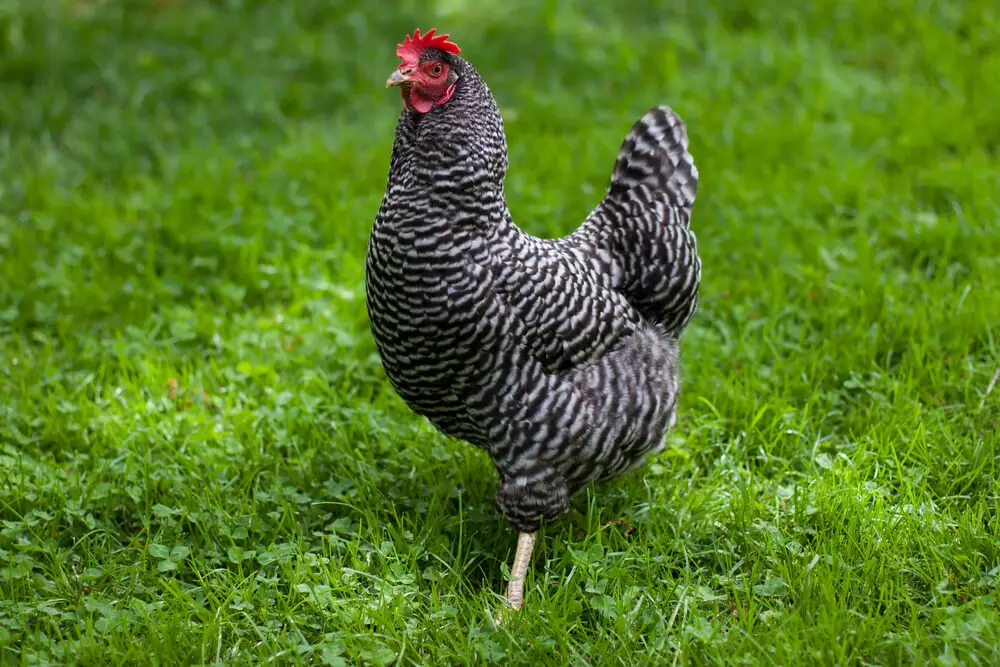
This classic American breed is known for its hardiness and adaptability.
Plymouth Rocks are good layers of brown eggs and have a friendly, docile temperament. They are also cold-hardy, making them a great choice for Minnesota’s harsh winters.
Rhode Island Red
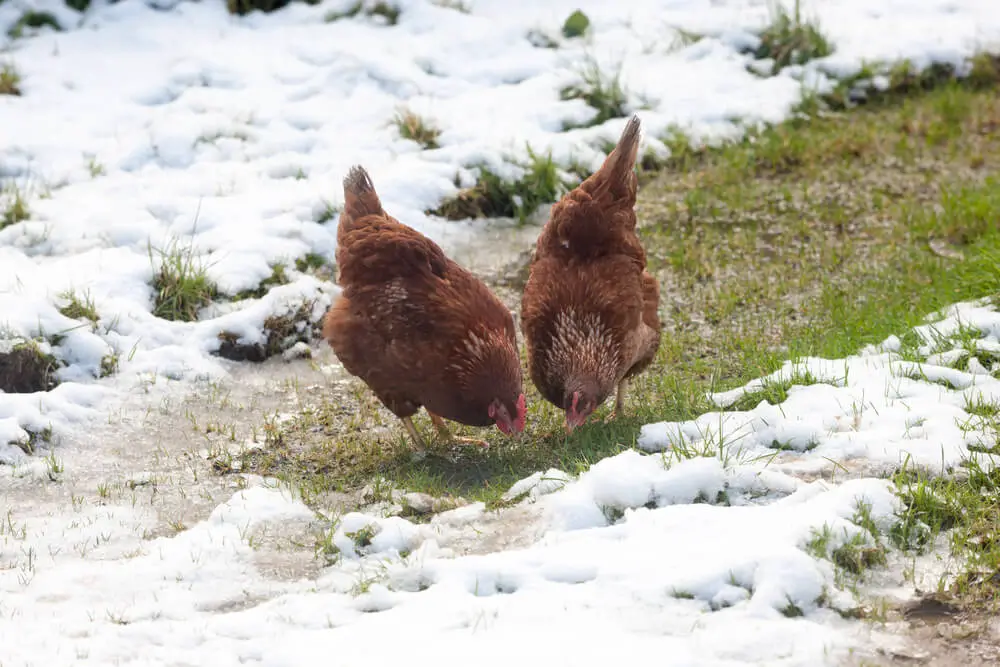
Rhode Island Reds are another hardy and adaptable breed. They are known for their excellent egg-laying abilities and are also good for meat production. They are cold-hardy and can handle the Minnesota weather.
Orpington
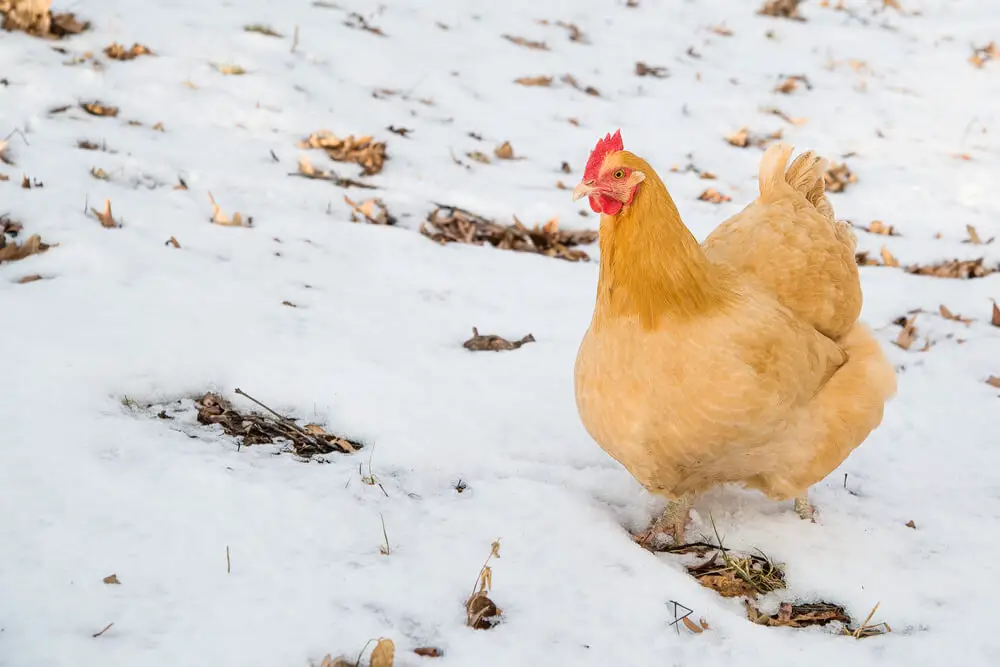
Orpingtons are a large and friendly breed that is known for their hardiness and adaptability. They are good layers of brown eggs and have a docile temperament.
They also have a thick feathering that helps them to stay warm in cold weather.
Buff Brahma
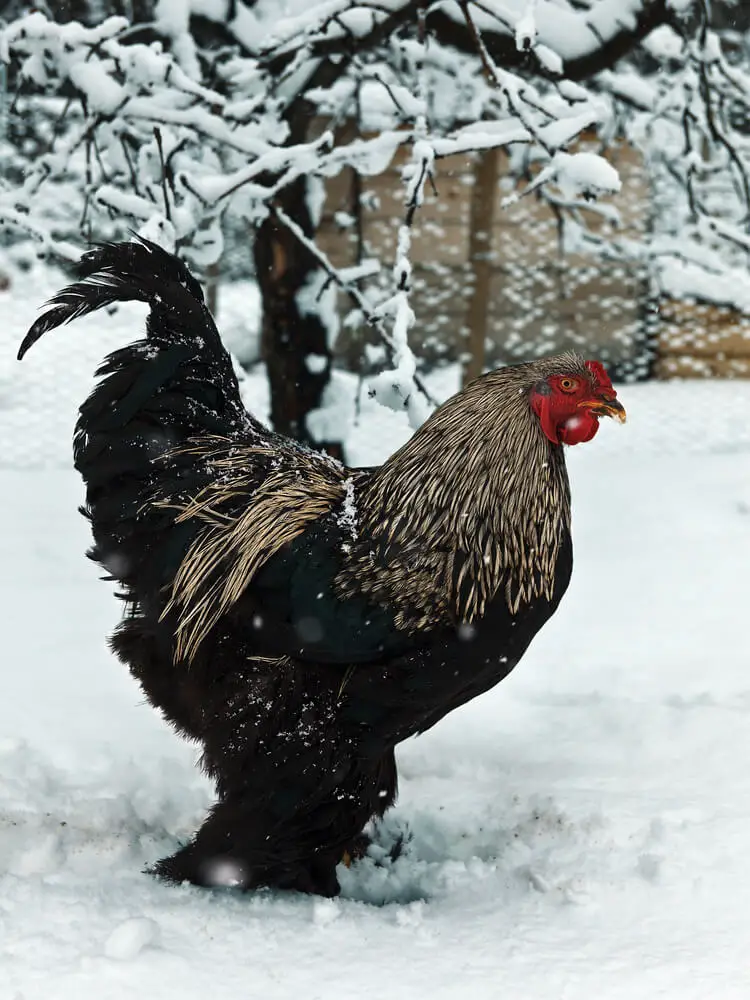
Buff Brahmas are a large, friendly breed with a calm temperament. They have a thick feathering that helps them stay warm in cold weather.
They are also good layers of brown eggs and are known for their hardiness and adaptability.
Leghorn
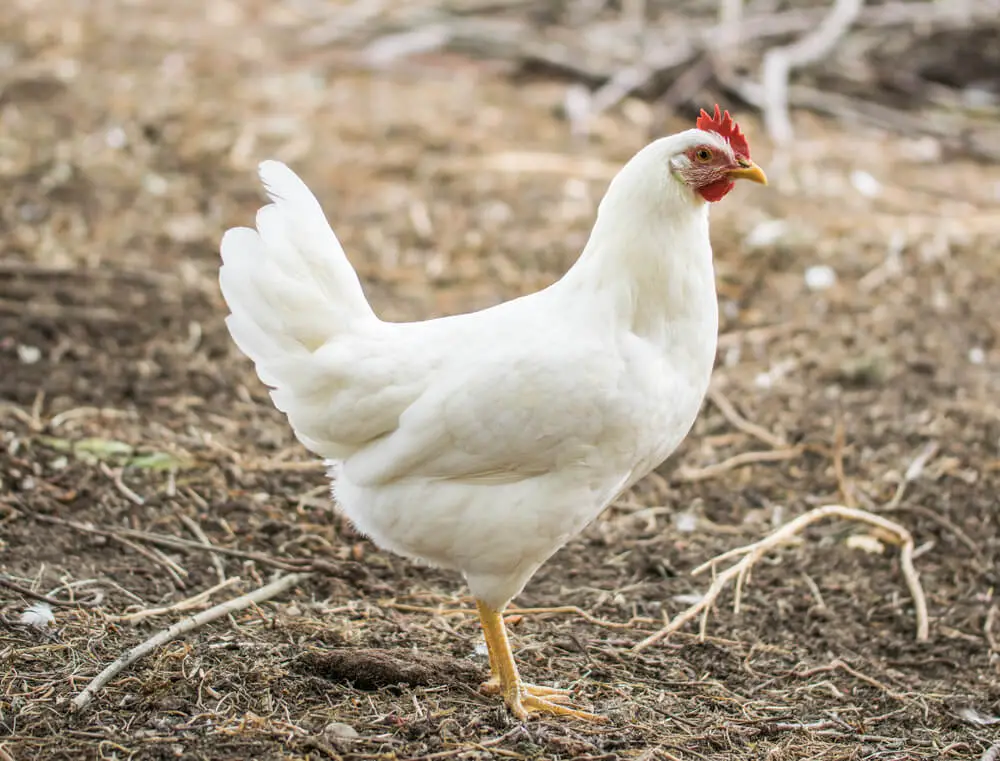
Leghorns are a hardy and adaptable breed that are known for their excellent egg-laying abilities. They are also good for meat production and are cold-hardy. They are also a great option for hot summer weather.
In addition to choosing the right breeds, it’s also important to provide your chickens with proper housing and care. Chickens need a coop to roost in at night, and a fenced-in area where they can forage during the day. They also need a source of food and clean water, and regular care and maintenance.
How can I protect my chickens from Minnesota’s harsh winters?
Chickens need a warm, dry place to roost at night. A well-insulated coop with plenty of bedding material will help keep them warm. You can also provide heat lamps or heated water dishes to help keep them warm.
What kind of food do chickens need?
Chickens need a balanced diet that includes protein, carbohydrates, and essential vitamins and minerals. You can provide this by feeding them a commercially-available chicken feed, or by supplementing their diet with fruits, vegetables, and kitchen scraps.
How often do I need to clean the chicken coop?
The frequency of cleaning will depend on the size of your flock and the size of the coop. A general rule of thumb is to clean the coop once a week, but it’s important to keep an eye on the coop and clean it as needed.
How much space do chickens need?
The amount of space chickens need will depend on the size of your flock. A general rule of thumb is to provide about 4 square feet of space per chicken in the coop.
How do I keep my chickens safe from predators in Minnesota?
Minnesota is home to a variety of predators that may be a threat to your chickens, such as raccoons, skunks, and foxes.
To keep your chickens safe, you should provide them with a secure coop and run that is properly fenced to prevent predators from getting in. You can also use electric fencing to provide an additional barrier, and use motion-activated lights to deter predators.
It’s also a good idea to supervise your chickens when they are outside of their coop, especially during the early morning and late evening when predators are most active.
How do I keep my chickens cool during the hot summers in Minnesota?
During hot summers, chickens need a way to stay cool and comfortable.
Provide your chickens with plenty of shade and a source of fresh water. You can also use a misting system or a sprinkler to help keep them cool. Make sure the coop is well-ventilated, and use a fan to circulate the air.
Keep in mind that chickens are better able to handle the heat than the cold, but providing them with the right environment will help them to cope with the heat.
How do I know if my chickens are healthy?
Chickens are generally hardy animals, but it’s important to be aware of the signs of illness so that you can take action if necessary. Signs of a healthy chicken include a bright, alert appearance, a smooth and shiny comb and wattle, and active behavior.
If you notice that a chicken is lethargic, has a ruffled or dull appearance, or is not eating or drinking, this may indicate that it is sick and you should seek the advice of a veterinarian.
What are some common diseases that chickens can get in Minnesota?
Some common chicken diseases in Minnesota include avian influenza, salmonella, and coccidiosis.
Avian influenza is a highly contagious viral infection that can cause respiratory and nervous system symptoms, while salmonella is a bacterial infection that can cause diarrhea, fever and other symptoms.
Coccidiosis is a parasitic disease that can cause diarrhea, weight loss, and other symptoms. It’s important to keep your chickens’ living area clean and dry, provide them with a balanced diet, and to keep them separated from wild birds to reduce the risk of disease.
How many eggs can I expect my chickens to lay in Minnesota?
The number of eggs a chicken will lay depends on the breed, age, and overall health of the chicken.
Generally speaking, chickens will lay the most eggs during the spring and summer months when there is more daylight. Some breeds, such as Leghorns, are known to be heavy layers, while other breeds, such as Plymouth Rocks, are known to be less prolific layers.
In general, you can expect your chickens to lay about 1 egg per day.
How long do chickens live in Minnesota?
Chickens have a lifespan of about 5-10 years, depending on their breed and overall health. Some breeds like Plymouth Rock, Rhode Island Reds, Orpingtons and Buff Brahmas are known for their hardiness and longevity, and can live for 10 years or more. Leghorn, on the other hand, have a shorter lifespan of 5-7 years.
Conclusion
In conclusion, keeping chickens in Minnesota requires careful consideration of the best chicken breeds for the state’s climate. Plymouth Rock, Rhode Island Red, Orpington, Buff Brahma, and Leghorn are some of the best hens for Minnesota.
These breeds are known for their hardiness and adaptability, making them ideal for the cold winters and hot summers of the state.
Whether you’re looking to raise chickens for eggs or meat, understanding the unique challenges of raising chickens in Minnesota is crucial for the success of your flock.
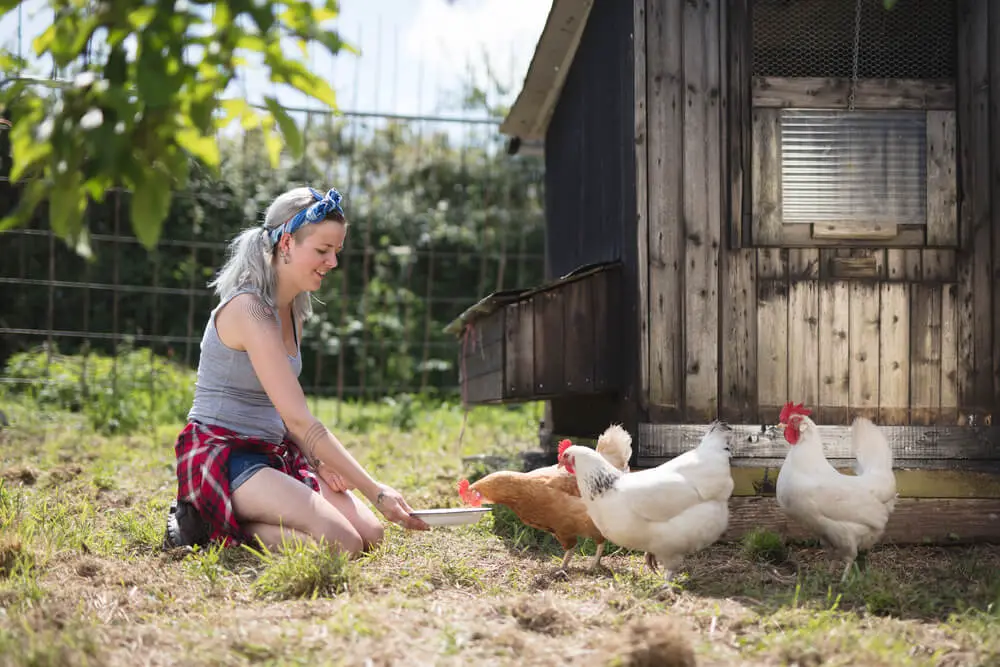
Shannon Stansberry has been engaged in the business of raising chickens for more than 12 years. In 2016, she accomplished the Agriculture & Natural Resources program at Mt. San Antonio College. At present, she tends to more than 80 chickens on her 4-hectare farm. Shannon regularly shares her insights and experience on how to raise healthy and contented chickens on the platform Typesofchickens.com
